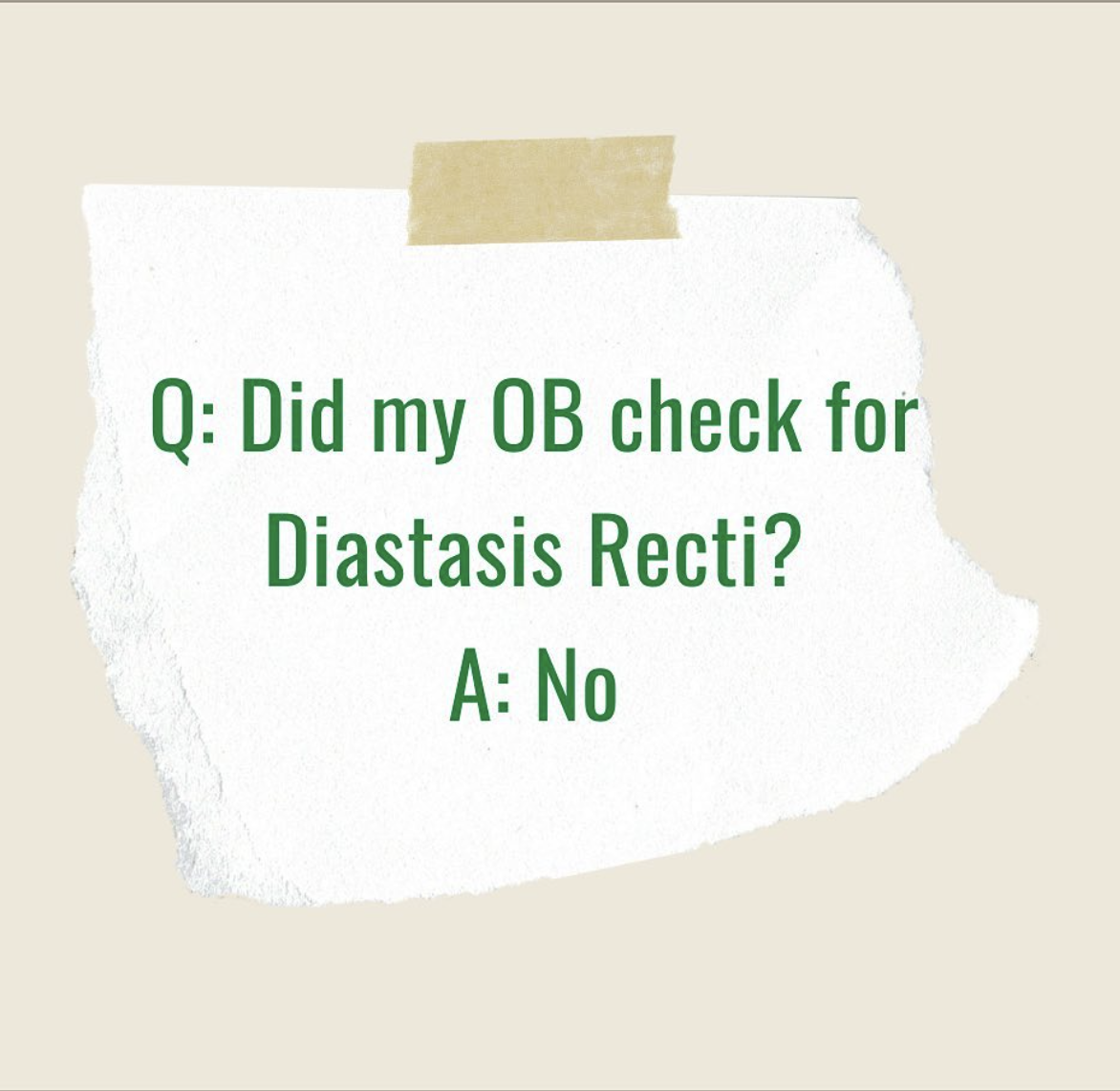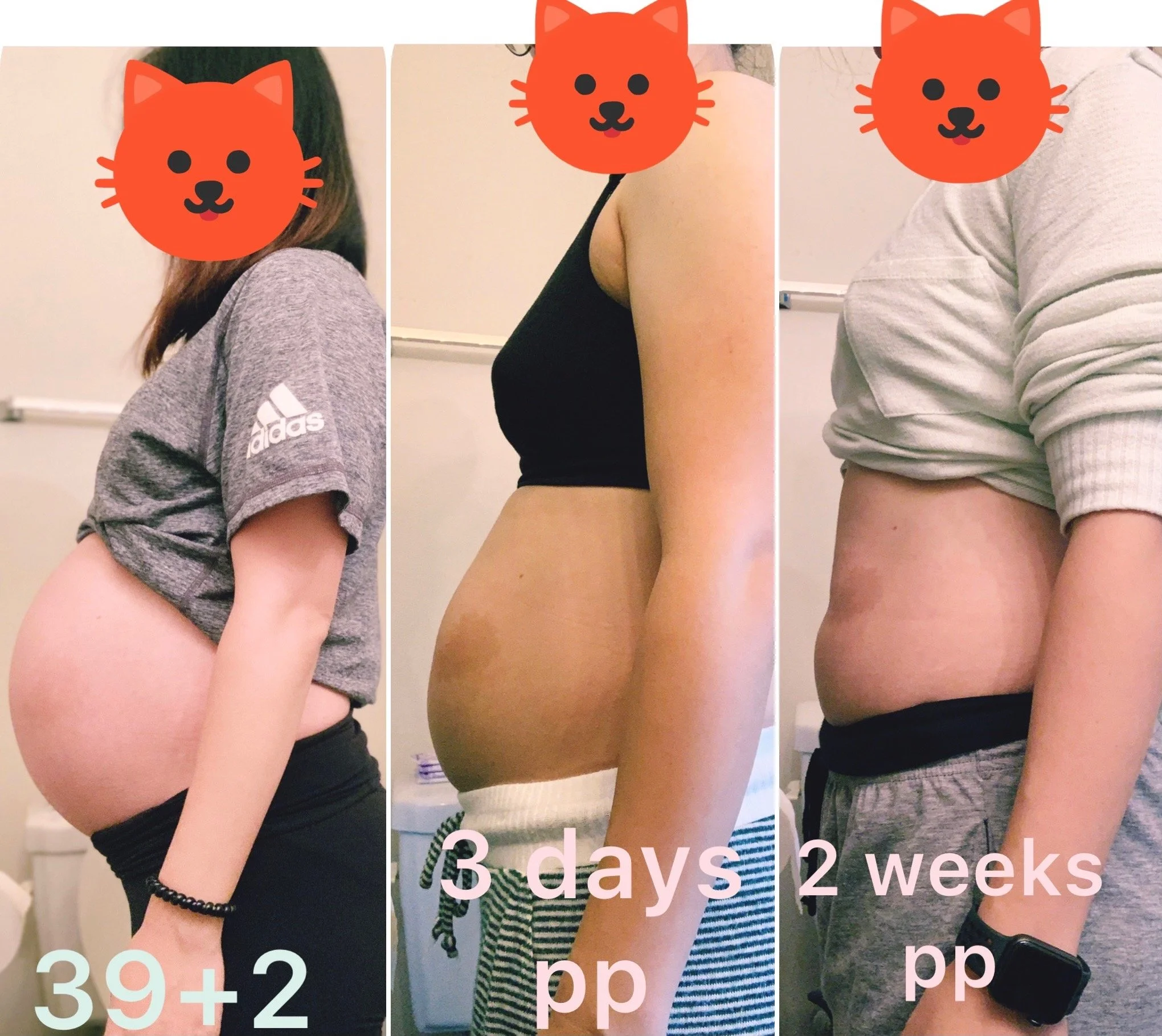3 Exercises for Foot/Ankle Repetitive Stress Injuries
What Can Cause a Repetitive Stress Injury?
Repetitive stress injuries of the foot and ankle commonly occur in runners of all levels. There are many factors to consider leading up to this kind of injury including injury history, tissue capacity, training load, recovery, and equipment.
How to Treat a Repetitive Stress Injury?
The goal of these exercises is to start the process of desensitization as well as rebuild injured tendons/soft tissues. We want to gradually expose the injured area to time under tension before progressing to more demanding movements.
Here are some rehab exercises to treat a repetitive stress injury at the foot/ankle:
1️⃣ Isometric SL heel raise
3 sets of 30-45 sec. holds
2️⃣ Isometric Wall sit + soleus raise
3 sets of 30-45 sec. holds
3️⃣ Isometric lunge + heel raise
3 sets of 30-45 sec. holds
If you are dealing with a repetitive stress injury that doesn’t seem to get better, contact us to see if we can help!
The Most Effective Training Program is a Consistent One
The Key is Consistency
There are many great training and rehab programs out there but none of them will work if you are not consistent with it. It takes many hours of practice to master a certain skill, this is also true for lifting heavier, running faster, and recovering from injury. Consistency is how your body will adapt and progress.
_
During an initial evaluation with us, we will find and prioritize areas of weakness that need to be addressed. You won't be overwhelmed with too many exercises, we will pick the lowest hanging fruit first before scaling up. We know that many factors can affect consistency and building an individualized program that fits into your lifestyle is key.
Find out if we're the right fit for you, and schedule a free discovery call!
Why Your 6 Weeks Postpartum Check-up Should Also Be Performed By A Pelvic Floor Physical Therapist
What I experienced at my 6 weeks postpartum check-up
At my 6 weeks postpartum check-up, my OB did not assess my pelvic floor strength, organ prolapse, diastasis recti, etc. She only checked my scar tissue and cervix. I even specifically asked her to check me for organ prolapse but she didn’t. She only said everything looks like it's healing well and I should be fine.
I went back to my first CrossFit class that Monday. My body definitely does not feel the same even though I did my breathing and pelvic floor engagement exercises in combination with other movements.
9 months of pregnancy changes our body structure, movements, and proprioception. Your body won’t be back to normal in 6 weeks. Having a check-up with a pelvic floor physical therapist can help you understand where you are physically.
You will have a better understanding of which areas you need to work on and the process of getting back to the things you love to do prior to pregnancy.
Postpartum fact-check series 1: Why do I still look pregnant even after labor?
Our Co-Founder Jessica recently gave birth to a healthy baby boy! Here is a series where she shares her own experience during prepartum/postpartum. She hopes that this information can help moms or soon-to-be moms clear up any uncertainties as well as give advice and encouragement.
__
My tummy still looks 3 months pregnant from day 1 postpartum until the second week. On social media, people always post how fast they can get back into shape or how fast their tummy flattens. However, in reality, your tummy will still look 2-3 months pregnant after labor, that is normal. It takes a while for your tummy to get back to its original shape and there's also a chance it might never get back to pre-pregnancy form.
9 months of pregnancy is a joyful journey full of excitement but the journey of postpartum is always overlooked by people. 20 minutes after labor, I took my first shower since I was covered in blood. When I stood in the shower, I looked at my tummy and felt weird. My tummy felt hollow, nothing was in there, I even poked at it and it was soft and empty.
My husband saw my tummy a few hours later, he thought it would be flat right after. He asked me what was in there now? Air? I was like "swollen uterus, loose skin, and I don’t even know".
I did some breathing exercises with pelvic floor movement. It’s hard because your private part is so swollen but it’s okay to initiate the movements from day 1. This can help you to start to initiate muscle engagement, and restore motion. I’ll post more exercises down the road about what I did in these 6 weeks of postpartum.
Just remember:
1️⃣ Your tummy won’t become flat immediately
2️⃣ Give yourself some mercy. Don’t be too hard on yourself with your new body image.
3️⃣ Look at your new body image as a triumph, you just did an amazing job laboring a human being.
4️⃣ This is just temporary. After you have established a routine schedule with your baby, It’s never too late to start the proper exercise. You'll get back to who you were in no time!
Improve Your Running Mechanics: Big Toe Extension Mobility
Big toe extension mobility is often overlooked when talking about efficient running mechanics, why is this so important?
During the phases of running, proper push-off requires your big toe to extend at least 45 degrees which is crucial to set up for an efficient propulsion phase. This is also known as triple extension when the trail leg is in full hip, knee, and ankle extension.
When there is a lack of big toe extension mobility we can see a decrease in hip, knee, and ankle extension. This can cause your stride length to be shortened which leads to an insufficient propulsion phase. Being able to push off your big toe also tightens the band of tissues underneath your foot (plantar fascia) to create a spring mechanism that propels your leg forward with less energy.
Here are some exercises to help improve your big toe extension mobility:
1️⃣ Lunge with big toe extension stretch
🔸Shift your weight onto the big toe on the back leg
🔸You should feel a stretch on your toe and/or bottom of your foot.
🔸Perform 5 slow repetitions
2️⃣ Quadruped rock backs
🔸As you sit back onto your ankles focus on stretching your big toe
🔸Perform 5 slow repetitions
3️⃣ Heel raises with elevated big toe
🔸Place a towel roll under your big toe right before the ball of your feet
🔸Focus your pressure on the big toe while pushing up
🔸Perform 3 sets of 15
If you are currently dealing with and injury, we can help!
Improve Your Running Efficiency: Increasing Step rate to prevent Over-striding
What is over-striding and why is it bad?
Over-striding is defined when your initial foot strike lands in front of your center of mass (picture on the left). This causes an increase in joint loading, ground reaction forces, and breaking forces. If your body is not able to adapt to these forces an injury can occur. Ideally, your foot should be landing close to your center of mass, somewhere between your ears and eyes.
Here's a quick strategy to improve your running efficiency and decrease joint loads
One simple strategy is by increasing your step rate per minute (SPM) by 5-10%. This has been shown to reduce lower extremity joint loading and improve running kinematics. The picture on the right shows me running at a 10% increased SPM which puts my initial foot strike closer to my center of mass.
🔸Increasing your SPM by more than 10% requires greater oxygen consumption which can affect your running efficiency
🔸I use an app called RunTempo, which is a metronome to help find and modify your SPM when training
🔸Give this a shot and see if it helps!
References:
Bramah C, Preece SJ, Gill N, Herrington L. A 10% Increase in Step Rate Improves Running Kinematics and Clinical Outcomes in Runners With Patellofemoral Pain at 4 Weeks and 3 Months. Am J Sports Med. 2019 Dec;47(14):3406-3413. doi: 10.1177/0363546519879693. Epub 2019 Oct 28. PMID: 31657964; PMCID: PMC6883353.
Lyght M, Nockerts M, Kernozek TW, Ragan R. Effects of Foot Strike and Step Frequency on Achilles Tendon Stress During Running. J Appl Biomech. 2016 Aug;32(4):365-72. doi: 10.1123/jab.2015-0183. Epub 2016 Mar 8. PMID: 26955843.
Heiderscheit, Bryan C et al. “Effects of step rate manipulation on joint mechanics during running.” Medicine and science in sports and exercise vol. 43,2 (2011): 296-302. doi:10.1249/MSS.0b013e3181ebedf4.
Dealing with a Stiff Hip? Try some of these hip mobility exercises
1️⃣ Frog pose + Alternating IR liftoff
🔸Lift your ankle up and out, hold for 3-5 seconds before alternating
perform 3-5 repetitions of each
2️⃣ Half kneeling hip flexor stretch + Ant/Post pelvic tilts
🔸Forcefully exhale to engage your core as you perform the posterior pelvic tilt, perform 3 seconds per rep
perform 3-5 repetitions of each
3️⃣ Elevated pigeon stretch
🔸Forcefully exhale to engage your core as you lower your knee to the ground, perform 3 seconds per rep
perform 3-5 repetitions of each
How to Prevent Running Injuries
There is a high incidence of lower extremity running injuries occurring in recreational and competitive runners, the knee being the most predominantly injured joint. Some risk factors that can increase the probability of a running injury include long training distances per week and a history of previous injuries. So how can we help prevent injuries like this from happening and keeping us off the sideline?
We need to prepare our bodies to adapt to ground reaction forces during running. On longer runs (more than 3 miles), it’s important that we prevent the breakdown of running mechanics and improve running efficiency.
Here are some areas that can be addressed to improve your resilience to injury:
🔸Training plan modification to safely balance your weekly workload
🔸Muscle strength and joint mobility deficits to improve load absorption
🔸Modifying running form and technique to improve energy efficiency
🔸Proper recovery and nutrition to prevent burnout
_
van Gent RN, Siem D, van Middelkoop M, van Os AG, Bierma-Zeinstra SM, Koes BW. Incidence and determinants of lower extremity running injuries in long distance runners: a systematic review. Br J Sports Med. 2007;41(8):469-480. doi:10.1136/bjsm.2006.033548
Arnold, Michael & Moody, Aaron. (2018). Common Running Injuries: Evaluation and Management. American family physician. 97. 510-516.























